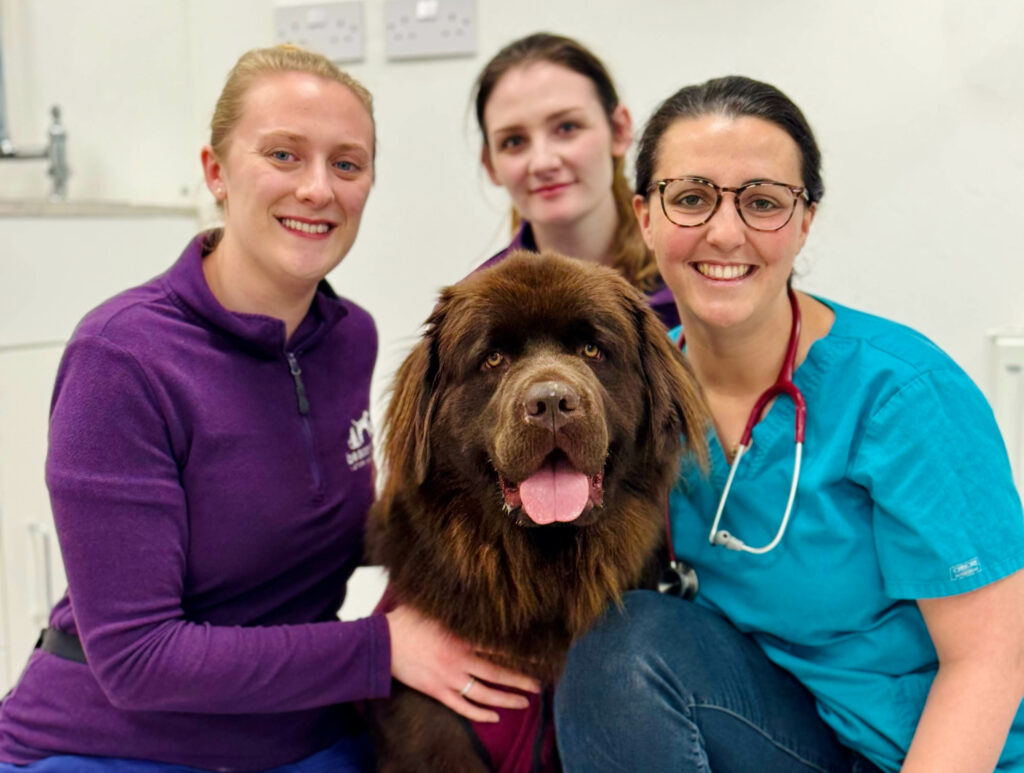Meet the lovely Coco who was recently referred to us for a Laparoscopic-assisted gastropexy and keyhole spay procedure. Laparoscopic-assisted gastropexy offers significant benefits for dogs susceptible to gastric dilatation-volvulus (GDV), commonly known as bloat or gastric torsion.
Here’s a closer look at why Coco and many other dogs benefit from laparoscopic-assisted gastropexy:
- Minimally Invasive Nature: Traditional open surgeries for gastropexy or GDV involve a large abdominal incision, leading to more postoperative pain and longer recovery times. In contrast, laparoscopic-assisted gastropexy utilises small incisions and specialised instruments, resulting in reduced trauma to the body, decreased pain, and faster recovery.
- Enhanced Precision: The use of a tiny camera in laparoscopic-assisted gastropexy provides unparalleled visualisation of the abdominal cavity. This allows the veterinary surgeon to precisely anchor the stomach to the abdominal wall, significantly reducing the risk of future gastric torsion. Coco’s parents recognised the importance of this precision in preventing GDV from occurring again, ensuring her long-term well-being.
- Reduced Risk of Complications: With smaller incisions and less tissue manipulation, laparoscopic-assisted gastropexy decreases the likelihood of postoperative complications such as infection and wound dehiscence compared to a traditional gastropexy procedure.
- Long-Term Prevention: By securing the stomach in place, laparoscopic-assisted gastropexy effectively prevents GDV from occurring or recurring in susceptible dogs.
From the minimally invasive nature to the precision and long-term preventative effects, this innovative surgical technique offers dogs like Coco a safer, more effective solution for safeguarding their health.
Find out more about our keyhole surgery services here.
